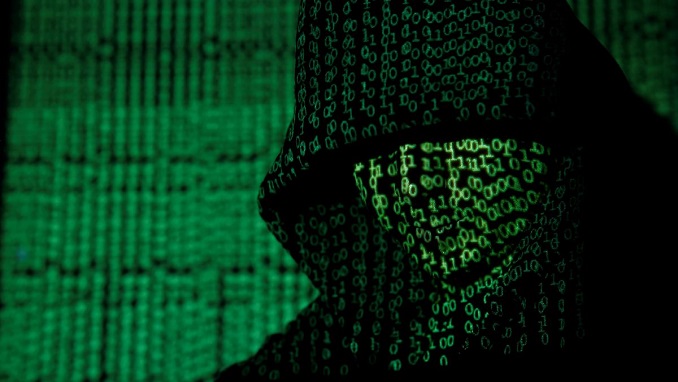
The federal government is considering taking action to assist private insurance firms in covering some of the expenses associated with serious cyber catastrophes as cyberattacks continue to increase, The Hill reported.
The Treasury Department and Cybersecurity and Infrastructure Security Agency (CISA) recently solicited feedback from industry participants on the necessity of and best practices for a federal insurance response to “catastrophic” cyber disasters.
The demand arises from suggestions made by the Government Accountability Office (GAO) that the organizations carry out a collaborative analysis to figure out the federal government’s involvement in cyber insurance.
This occurs at a time when commercial insurance companies have markedly raised the fees they charge businesses seeking cyber insurance and, in some cases, declined to provide coverage for state-sponsored cyberattacks as their frequency has risen over the previous several years.
The U.S. government currently lacks a publicly supported cyber insurance scheme to handle severe cyberattacks.
Over the previous two years, there has been a dramatic rise in cyberattacks, particularly ransomware attacks as cybercriminals have tried to extort victims in the midst of the epidemic.
Ransomware attacks increased 47% from June to July alone this summer, according to data released by cybersecurity company NCC Group.
According to prior research by the company, ransomware occurrences peaked early in the epidemic and then began to fall in the spring before picking up again, with attacks rising from 135 in June to 198 in July.
These cyberattacks can be quite expensive: According to a 2020 CISA analysis, the United States might lose anywhere from $2.8 billion to $1 trillion as a result of a single serious cyberattack, according to the Treasury’s notification.
Attacks have escalated, and thus so have the businesses looking for cyber insurance. According to the GAO’s study from 2021, the percentage of businesses electing to have cyber insurance from their insurance providers increased from 26% in 2016 to 47% in 2020.

Be the first to comment